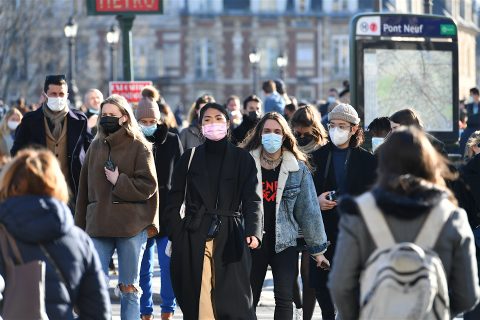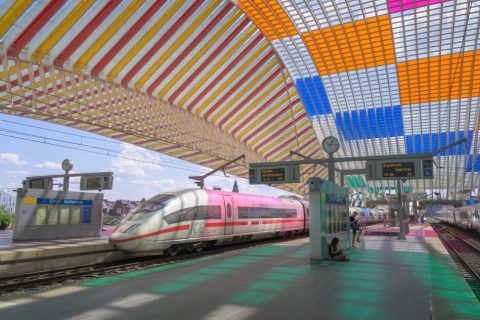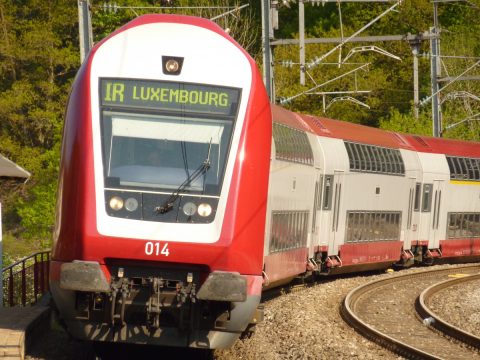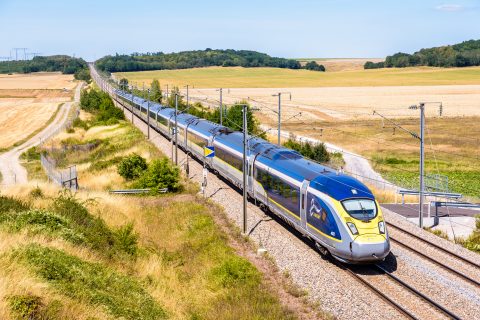European railways return to normal operations after lockdown

After almost two months in lockdown, European railway operators are gradually coming back to their normal activities. Some companies have already restored their complete schedule, others have done this only partially. However, all of them adhere to safety guidelines.
Want to read more?
You have read all of your free premium articles for this month. Please become a subscriber to keep reading.
Subscribe now!
Take advantage of our exclusive offer to get full access to all premium content.




